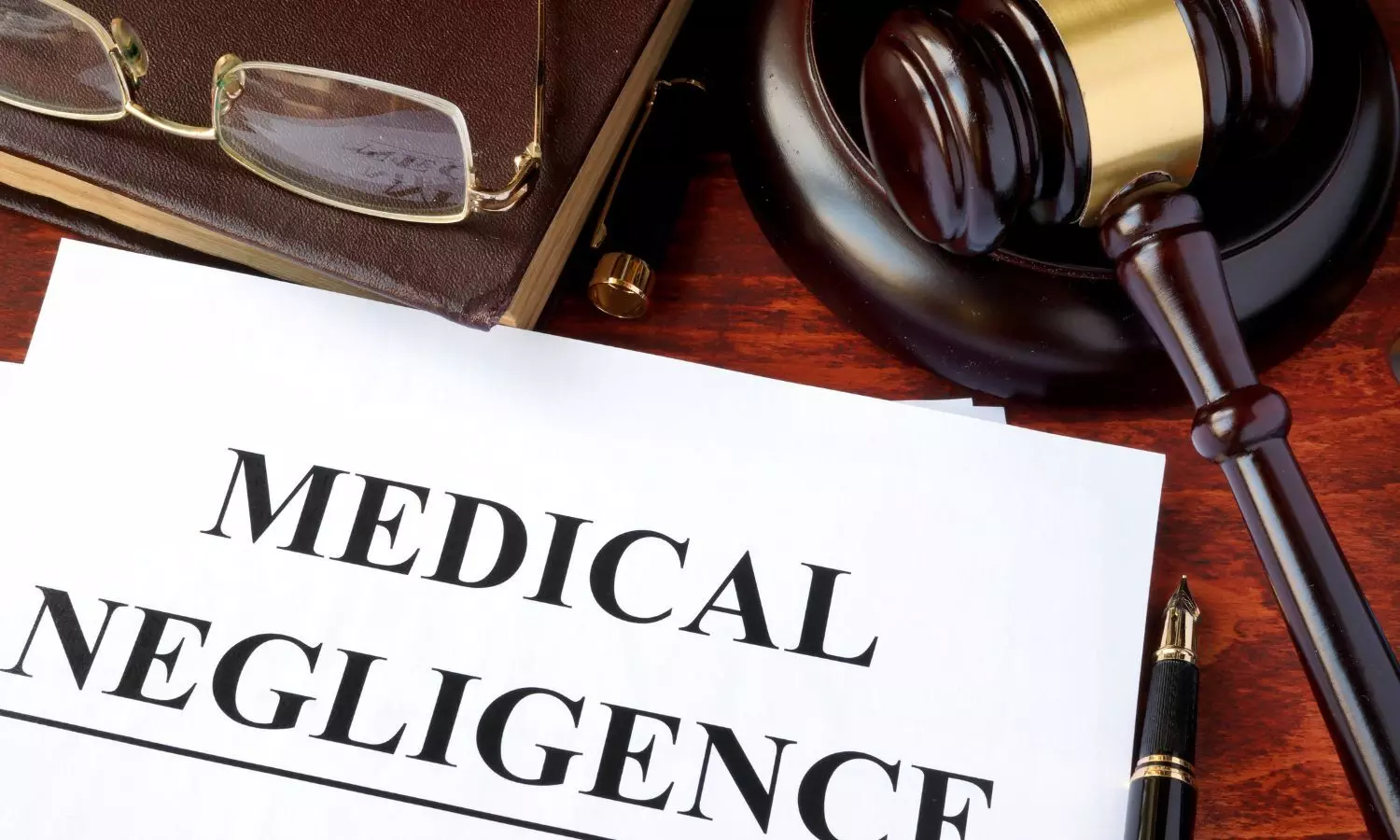"Medical Errors: Understanding Negligence in Healthcare."

"Medical Errors: Understanding Negligence in Healthcare."
Medical negligence, also known as medical malpractice, refers to the failure of a healthcare professional to provide a standard of care that a reasonably prudent person with similar training and experience would have provided in similar circumstances. It is a complex and multifaceted issue that can have serious consequences for patients. In this comprehensive exploration, we will delve into various aspects of medical negligence, covering its definition, causes, consequences, legal aspects, and ways to prevent it. Definition and Scope of Medical Negligence: Medical negligence, also known as medical malpractice, is a legal concept that arises from the breach of a duty of care owed by healthcare professionals to their patients. The duty of care is a legal obligation requiring healthcare providers to adhere to a standard of reasonable care and skill when treating patients. The scope of medical negligence is extensive, encompassing a wide range of healthcare settings, specialties, and procedures. It can occur in general medical practice, surgical procedures, diagnostic processes, medication administration, and even in the realm of informed consent. Causes of Medical Negligence: Lack of Communication: Effective communication is the cornerstone of quality healthcare. Miscommunication among healthcare providers can lead to misunderstandings about patient conditions, treatment plans, and medications, resulting in errors. Inadequate Training and Education: Continuous training and education are essential for healthcare professionals to stay current with medical advancements. Insufficient training may contribute to diagnostic errors, incorrect treatment decisions, or procedural mistakes. Fatigue and Burnout: Long working hours, high-stress levels, and demanding workloads can lead to fatigue and burnout among healthcare professionals. Fatigued individuals are more prone to errors, and addressing these issues is crucial to maintaining a high standard of care. Systemic Issues: Problems within the healthcare system, such as inadequate staffing levels, outdated technology, and the absence of standardized protocols, can create an environment where mistakes are more likely to occur. Addressing systemic issues is essential for minimizing the risk of medical negligence. Consequences of Medical Negligence: Physical Harm: Patients may experience physical harm ranging from minor injuries to severe complications or even death. Surgical errors, medication mistakes, and misdiagnoses can all lead to physical harm. Emotional and Psychological Impact: The emotional toll on patients and their families can be substantial. Coping with the consequences of medical negligence, such as a worsened medical condition or the loss of a loved one, can result in long-term psychological distress. Financial Burden: Patients may face increased medical expenses due to corrective treatments, rehabilitation, and additional healthcare services required to address the consequences of negligence. This financial burden adds to the overall impact on the affected individuals and their families. Loss of Trust in Healthcare System: Medical negligence erodes trust in healthcare providers and institutions. Patients may become skeptical about seeking medical care, leading to delayed or avoided treatments that can have serious consequences for their health. Legal Aspects of Medical Negligence: Duty of Care: The duty of care is a foundational element in medical negligence cases. Healthcare professionals owe a duty to their patients to provide care that meets the accepted standard within their field. Breach of Standard of Care: A breach occurs when a healthcare provider deviates from the recognized standard of care. This breach can involve errors in diagnosis, treatment, surgery, or communication. Causation: Establishing causation is crucial in demonstrating that the healthcare provider's negligence directly resulted in the harm suffered by the patient. This requires a clear link between the breach of duty and the adverse outcome. Damages: To pursue a medical negligence claim, the patient must have suffered actual damages. These damages can include physical injuries, emotional distress, and financial losses. Statute of Limitations: Each jurisdiction has a specific time limit within which a medical negligence lawsuit must be filed. This statute of limitations varies, emphasizing the importance of timely legal action. Preventing Medical Negligence: Enhanced Communication: Improving communication involves fostering a culture of openness, active listening, and clear documentation. Regular team meetings and training programs can enhance communication skills among healthcare professionals. Continuous Training and Education: Healthcare providers should prioritize ongoing education to stay updated on the latest medical advancements and best practices. This can be achieved through workshops, conferences, and online learning platforms. Addressing Fatigue and Burnout: Healthcare institutions should implement policies that prioritize the well-being of their staff. This includes reasonable working hours, adequate breaks, and access to mental health support services. Systemic Improvements: Healthcare systems should invest in infrastructure, technology, and standardized protocols to create a safer environment. Adequate staffing levels and streamlined processes can reduce the risk of errors. Open Disclosure Policies: Encouraging open disclosure when errors occur fosters a culture of transparency and accountability. This allows for a thorough examination of the incident, learning from mistakes, and implementing changes to prevent similar occurrences. Case Studies: Analyzing real-life case studies provides valuable insights into the complexities of medical negligence. These cases often involve detailed examinations of the circumstances surrounding the negligence, the legal proceedings that follow, and the outcomes for both the healthcare providers and the affected patients. By studying these cases, healthcare professionals can learn from past mistakes and identify strategies to prevent similar incidents in the future. Conclusion: Medical negligence is a multifaceted issue with far-reaching consequences for patients, healthcare providers, and the healthcare system as a whole. By comprehensively understanding its definition, causes, consequences, legal aspects, and preventive measures, stakeholders can work collaboratively to reduce the incidence of medical negligence. Implementing systemic improvements, prioritizing communication, and addressing issues such as fatigue and burnout are crucial steps toward enhancing patient safety and rebuilding trust in the healthcare system. Continuous learning, open disclosure, and a commitment to providing the highest standard of care are essential in the ongoing effort to minimize the impact of medical negligence on patients and their families.